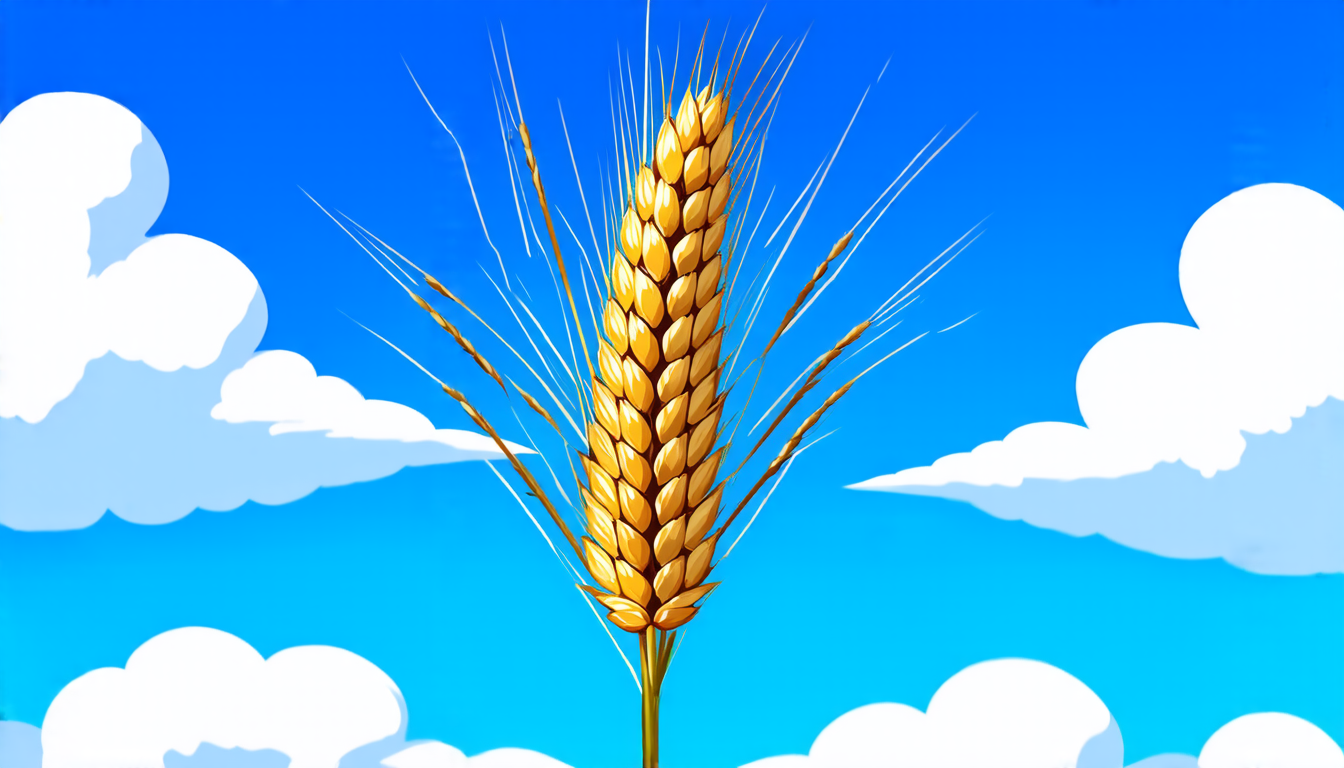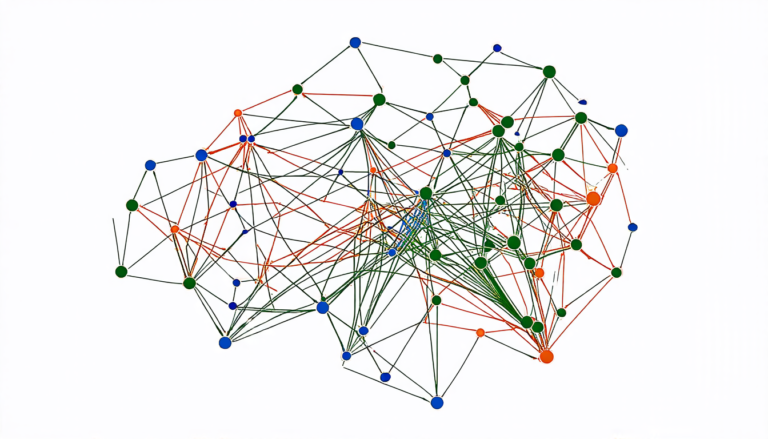Sunday 27 July 2025
Wheat is one of the most widely consumed staple foods in the world, and ensuring a stable and healthy crop yield has never been more critical. However, traditional methods for measuring wheat spike volume, such as manual counting or destructive testing, are often time-consuming, labor-intensive, and inaccurate.
Researchers at ETH Zurich have developed a novel approach to estimate 3D morphological traits from multi-view RGB images of wheat spikes. By leveraging deep learning techniques and structured-light 3D scans as references, they’ve created a neural network that can accurately predict the volume of individual wheat spikes.
The team’s model combines two powerful tools: DINOv2, a self-supervised Vision Transformer, and a unidirectional Long Short-Term Memory (LSTM) network. This hybrid approach allows the model to learn robust intermediate representations from 2D images, which in turn enables more accurate volume estimation.
To test their method, the researchers collected six-view indoor images of wheat spikes, along with structured-light 3D scans as ground truth references. They then compared their results against two conventional baselines: a 2D area-based projection and a geometric reconstruction using axis-aligned cross-sections.
Surprisingly, the deep learning model outperformed both baseline methods, achieving a mean absolute percentage error (MAPE) of just 6.46% on indoor images. This level of accuracy is crucial for precision agriculture, as it enables farmers to make informed decisions about crop management and harvesting.
But what’s even more impressive is that the team was able to fine-tune their model using single-image data from a wheat field, allowing them to adapt to real-world conditions. While the MAPE increased slightly to 10.82%, this still represents a significant improvement over traditional methods.
The researchers’ findings have far-reaching implications for agriculture and food security. By enabling more accurate volume estimation of individual wheat spikes, their method can help farmers optimize crop yields, reduce waste, and improve overall efficiency. Moreover, the approach could be adapted to other crops and applications, such as monitoring fruit growth or predicting plant phenotypes.
In a world where precision agriculture is becoming increasingly important, this innovative solution offers a promising avenue for improving crop management and ensuring global food security.
Cite this article: “Estimating Wheat Spike Volume with Deep Learning”, The Science Archive, 2025.
Wheat, Precision Agriculture, Deep Learning, 3D Scanning, Image Analysis, Crop Management, Food Security, Neural Networks, Machine Learning, Agricultural Monitoring.







